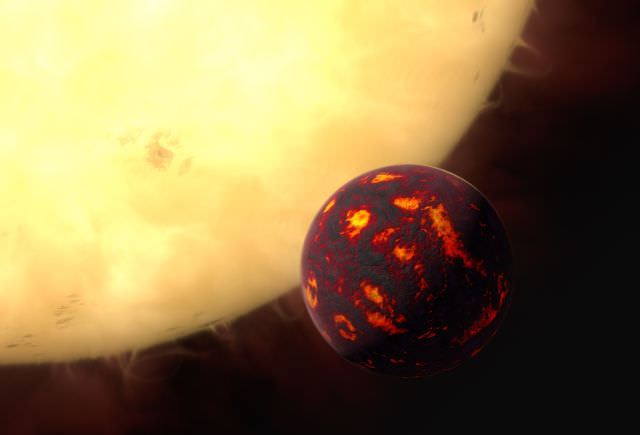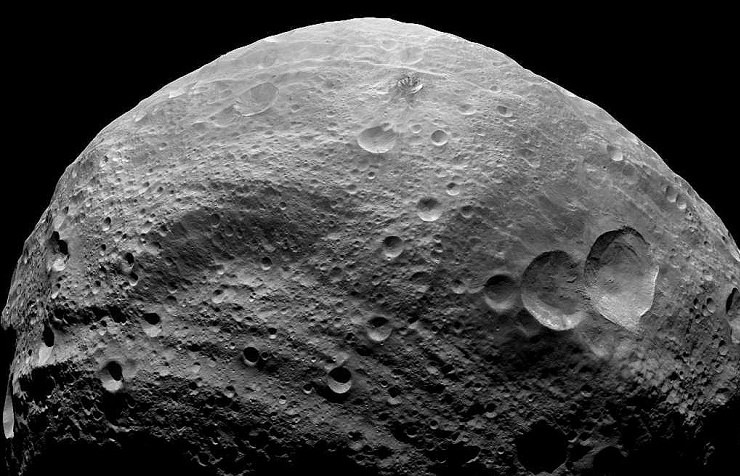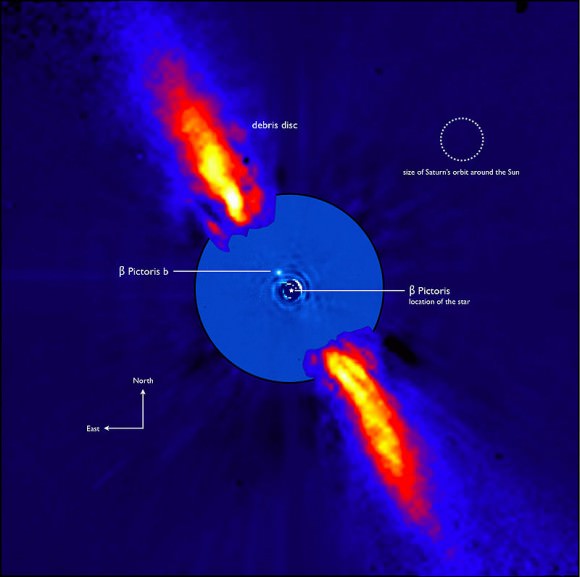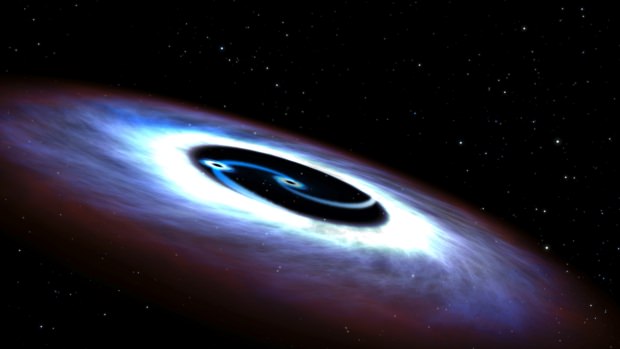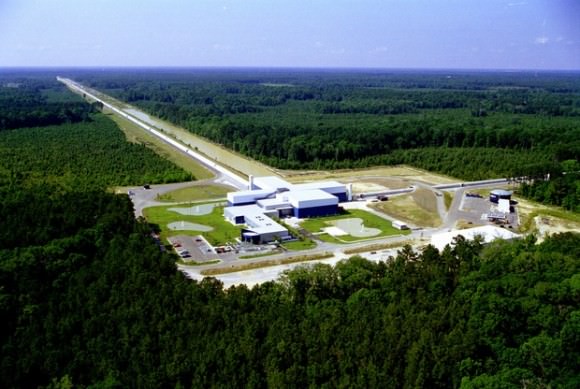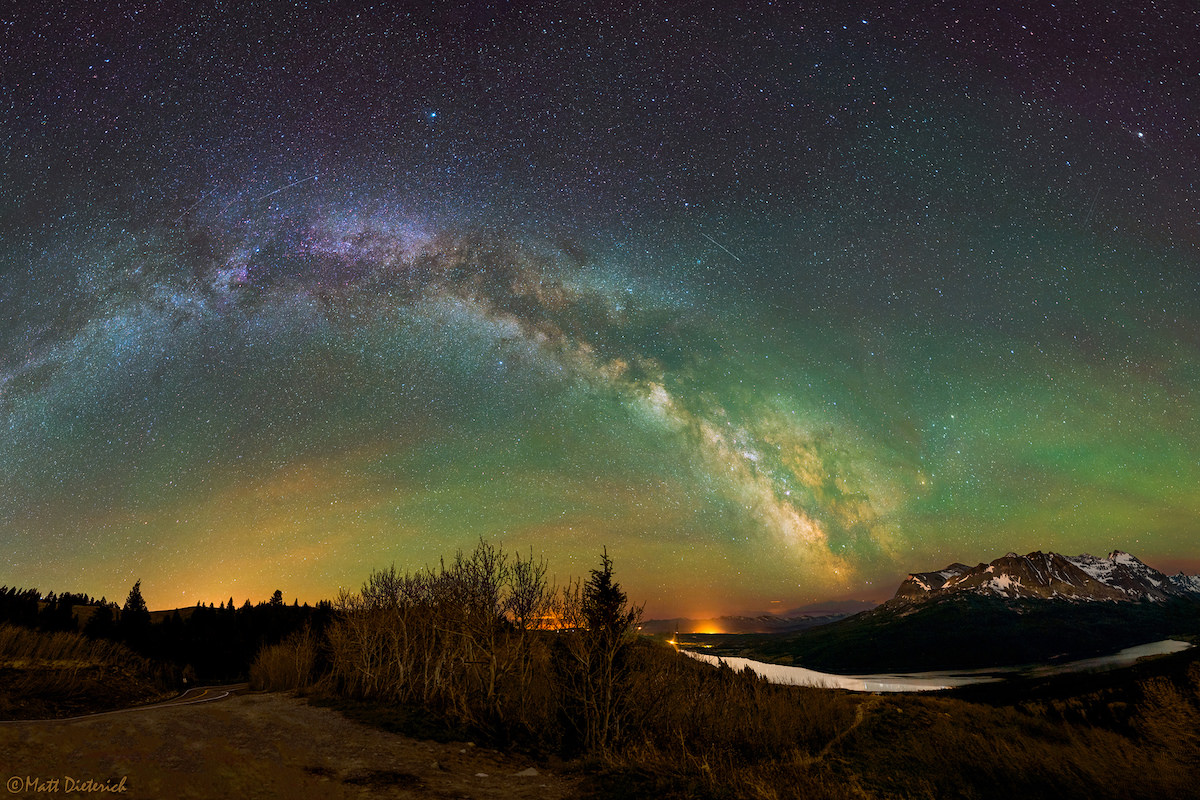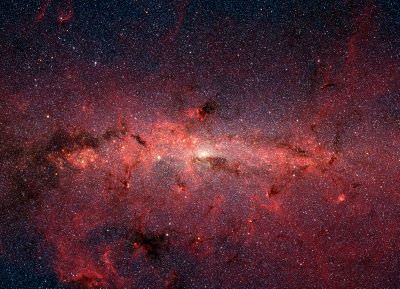We’ve achieved amazing things by using chemical rockets to place satellites in orbit, land people on the Moon, and place rovers on the surface of Mars. We’ve even used ion drives to reach destinations further afield in our Solar System. But reaching other stars, or reducing our travel time to Mars or other planets, will require another method of travel. One that can approach relativistic speeds.

The system is called DEEP IN, or Directed Propulsion for Interstellar Exploration. The general idea is that we have achieved relativistic speeds in the laboratory, but haven’t taken that technology—which is electromagnetic in nature, rather than chemical—and used it outside of the laboratory. In short, we can propel individual particles to near light speed inside particle accelerators, but haven’t expanded that technology to the macro level.
Directed Energy Propulsion differs from rocket technology in a fundamental way: the propulsion system stays at home, and the craft doesn’t carry any fuel or propellant. Instead, the craft would carry a system of reflectors, which would be struck with an aimed stream of photons, propelling the craft forward. And the whole system is modular and scalable.
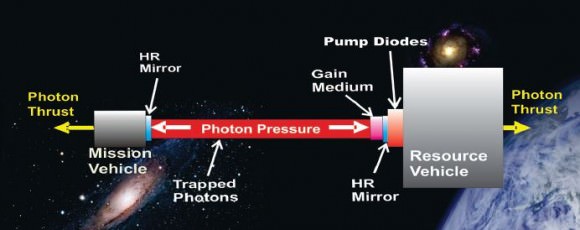
If that’s not tantalizing enough, the system can also be used to deflect hazardous space debris, and to detect other technological civilizations. As talked about in this paper, detecting these types of systems in use by other civilizations may be our best hope for discovering those civilizations.
There’s a roadmap for using this system, and it starts small. At first, DEEP IN would be used to launch small cube satellites. The feedback from this phase would then inform the next step, which would be to test a unit for defending the ISS from space debris. From then, the systems would meet goals of increasing complexity, from launching satellites to LEO (Low-Earth Orbit) and GEO (Geostationary Orbit), all the way up to asteroid deflection and planetary defense. After that, relativistic drives capable of interstellar travel is the goal.
There are lots of questions still to be answered of course, like what happens when a vehicle at near light-speed hits a tiny meteorite. But those questions will be asked and answered as the system is developed and its capabilities grow.
Obviously, DEEP IN has the potential to bring other stars into reach. This system could deliver probes to some of the more promising exo-planets, and give humanity its first detailed look at other solar systems. If DEEP IN can be successfully scaled up, as Lubin says, then it will be a transformational technology.
Here’s a longer video of Dr. Lubin explaining DEEP IN in greater depth and detail: http://livestream.com/viewnow/niac2015seattle
Here’s the website for the University of California Santa Barbara Experimental Cosmology Group: http://www.deepspace.ucsb.edu/






